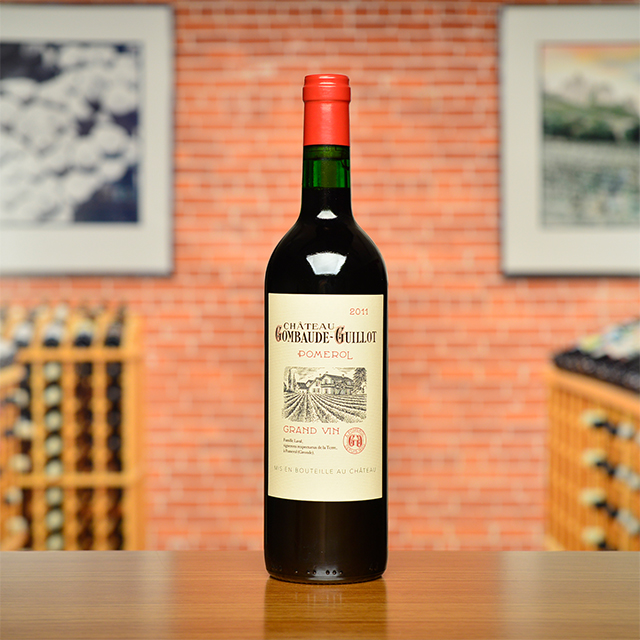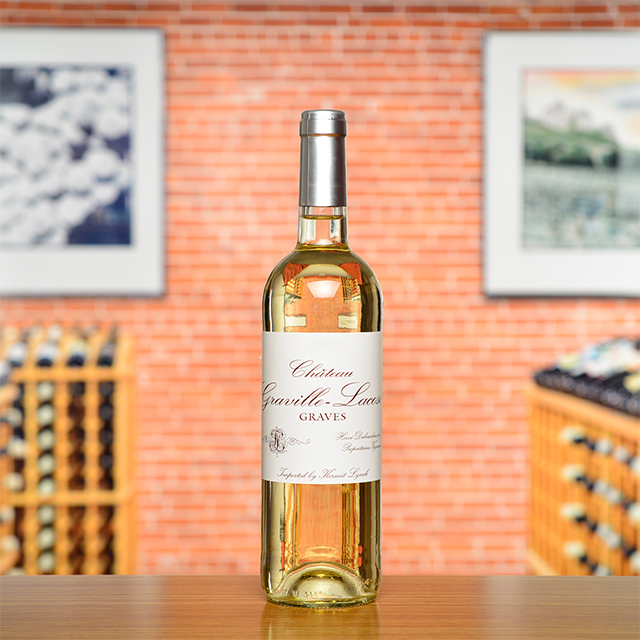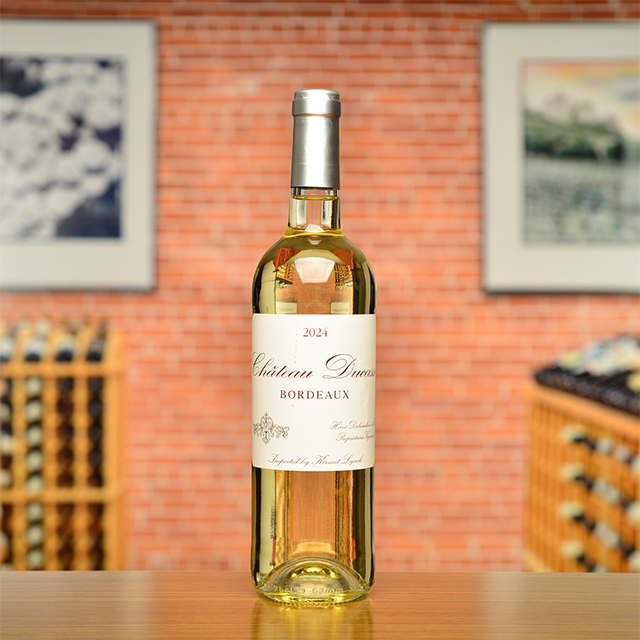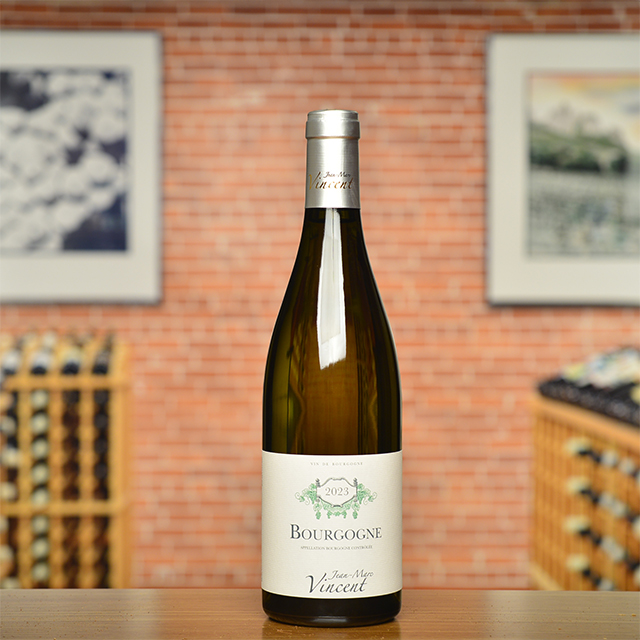Notify me
2016 Lalande-de-Pomerol
Château Belles-Graves
Château Belles-Graves sits just on the other side of a small river from the renowned estates of Pomerol, and while the hype and hordes of collectors may not cross the bridge over La Barbanne, quality certainly does. Made from mostly Merlot and a splash of Cabernet Franc, this velvety and refined rouge is approachable now despite having years of beautiful life ahead. Its notes of black cherries, stones, and a touch of tobacco, along with its fine acidity, make it a versatile red at table, but also wonderful on its own.
—Tom Wolf
| Wine Type: | red |
| Vintage: | 2016 |
| Bottle Size: | 750mL |
| Blend: | 88% Merlot, 12% Cabernet Franc |
| Appellation: | Lalande-de-Pomerol |
| Country: | France |
| Region: | Bordeaux |
| Producer: | Château Belles-Graves |
| Winemaker: | Xavier Piton |
| Vineyard: | 40 years avg, 16.9 |
| Soil: | Clay, Gravel |
| Aging: | Wine is raised in French oak barrels, 25% of which is new, for twelve to fifteen months |
| Farming: | Lutte Raisonnée |
| Alcohol: | 14% |
More from this Producer or Region

2011 Pomerol
France | Bordeaux
Rich, velvety texture and vivid fruit, suggesting blackberry and plum with an almost wild intensity.

2006 Pomerol
France | Bordeaux
**Extremely limited quantities, maximum three bottles per purchase.**

2024 Graves Blanc
France | Bordeaux
Brimming with honeysuckle, lychee, and citrus, this Bordeaux blend is reliably harmonious with Eastern cuisine.

2024 Bordeaux Blanc
France | Bordeaux
This refreshing, food-friendly white walks the line between racy and voluptuous. Excellent with sushi, or anything else from the sea.

2021 Bordeaux Blanc “Définition”
France | Bordeaux
A simply stunning white that seems to not just elevate the food on your plate, but your entire mood.

2023 Sauternes HALF BOTTLE
France | Bordeaux
It is a habit-forming apéritif with or without foie gras.

2019 Lalande-de-Pomerol
France | Bordeaux
Made from mostly Merlot and a splash of Cabernet Franc, this velvety rouge is approachable now despite having years of beautiful life ahead.

2020 Atlantique Blanc “Déclinaison”
France | Bordeaux
Artisanal white Bordeaux like you have never tasted before!

2024 Graves Blanc HALF BOTTLE
France | Bordeaux
There could be no better way to enjoy this crisp, invigorating Graves than with a platter of fresh seafood.

1986 Saint-Julien
France | Bordeaux
**Extremely limited quantities, maximum two bottles per purchase.**
About The Producer
Château Belles-Graves
About The Region
Bordeaux

Often considered the wine capital of the world, Bordeaux and its wines have captured the minds, hearts, and wallets of wine drinkers for centuries. For many, the wines provide an inalienable benchmark against which all other wines are measured.
Bordeaux is divided into three winegrowing regions with the city that gives the region its name in the near geographical center. The “right bank,” or the area located east of the Dordogne River, produces wines that are predominantly Merlot with small amounts of Cabernet Franc and Cabernet Sauvignon. The “left bank” is located to the west of the Garonne River and produces wines dominated by Cabernet Sauvignon, with Cabernet Franc, Merlot, Malbec and Petit Verdot.
The third region, Entre-Deux-Mers, lies between both rivers and produces white wines from Sauvignon Blanc, Sémillon, and Muscadelle. Though technically in the left bank, it is worth noting the appellation of Sauternes, which produces arguably the world’s most famous sweet wines from Sauvignon Blanc, Sémillon, and Muscadelle as well.
Though many top Bordeaux wines are sold en primeur (in advance of their bottling) and often through a middleman known as a negoçiant, Kermit has always preferred to purchase directly from the winemaker. For more than three decades he has sought out small producers, who make classic Bordeaux wines and are willing to play outside the negoçiant system. This ethic has led to longstanding relationships, excellent prices, and perhaps most important—wines of great value and longevity.
More from Bordeaux or France
2022 Bordeaux Sec “Les Clous”
Domaine de l’Alliance France | Bordeaux
2011 Canon-Fronsac
B. & G. Hubau France | Bordeaux
2021 Bordeaux Sec “Les Clous”
Domaine de l'Alliance France | Bordeaux
2020 Bordeaux Sec “Les Clous”
Domaine de l’Alliance France | Bordeaux
1986 Saint-Julien
Château Gruaud Larose France | Bordeaux
2011 Pomerol MAGNUM
Château Gombaude-Guillot France | Bordeaux
2024 Graves Blanc
Château Graville-Lacoste France | Bordeaux
2020 Atlantique Blanc “Déclinaison”
Domaine de l’Alliance France | Bordeaux
2016 Canon-Fronsac
Château Moulin Pey-Labrie France | Bordeaux
2011 Pomerol
Château Gombaude-Guillot France | Bordeaux
2023 Sauternes HALF BOTTLE
Château Roûmieu-Lacoste France | Bordeaux
2019 Lalande-de-Pomerol
Château Belles-Graves France | Bordeaux
2022 Bordeaux Sec “Les Clous”
Domaine de l’Alliance France | Bordeaux
2011 Canon-Fronsac
B. & G. Hubau France | Bordeaux
2021 Bordeaux Sec “Les Clous”
Domaine de l'Alliance France | Bordeaux
2020 Bordeaux Sec “Les Clous”
Domaine de l’Alliance France | Bordeaux
1986 Saint-Julien
Château Gruaud Larose France | Bordeaux
2011 Pomerol MAGNUM
Château Gombaude-Guillot France | Bordeaux
2024 Graves Blanc
Château Graville-Lacoste France | Bordeaux
2020 Atlantique Blanc “Déclinaison”
Domaine de l’Alliance France | Bordeaux
2016 Canon-Fronsac
Château Moulin Pey-Labrie France | Bordeaux
2011 Pomerol
Château Gombaude-Guillot France | Bordeaux
2023 Sauternes HALF BOTTLE
Château Roûmieu-Lacoste France | Bordeaux
2019 Lalande-de-Pomerol
Château Belles-Graves France | Bordeaux
Our Guarantee

Our Guarantee
We only import wine we drink and enjoy ourselves, directly from the source.
Our wine tastes the same in your home as it did where it was bottled in Europe.
Like the long-term relationships we build with growers, we build long-term relationships with our clients. Have a question? Need wine advice? Just give us a call—510-524-1524.



















